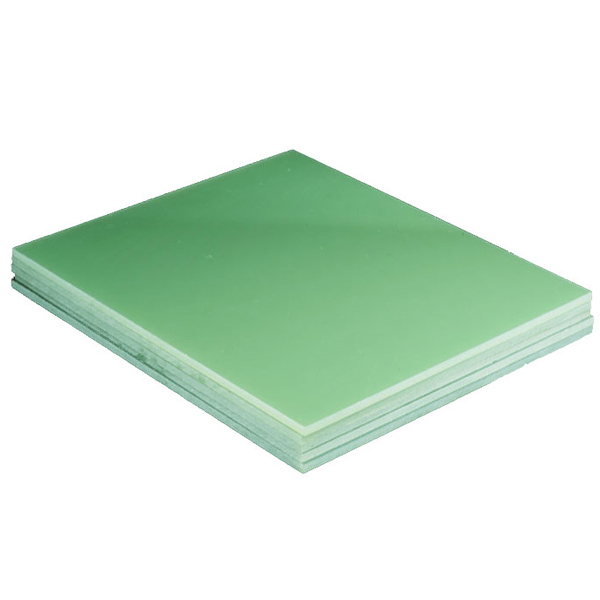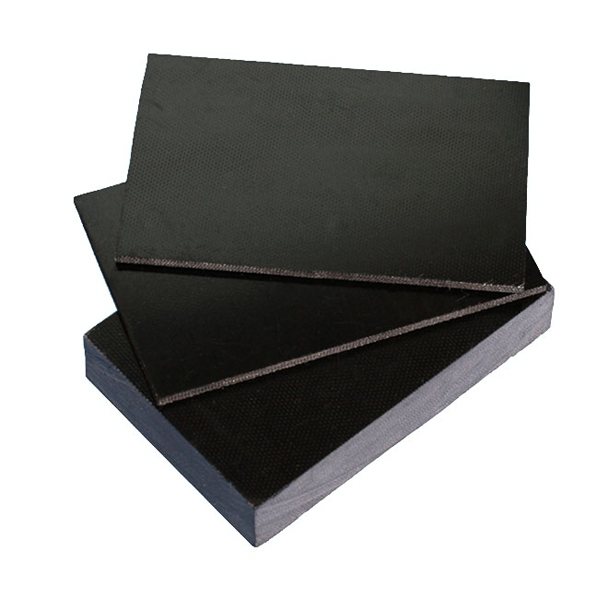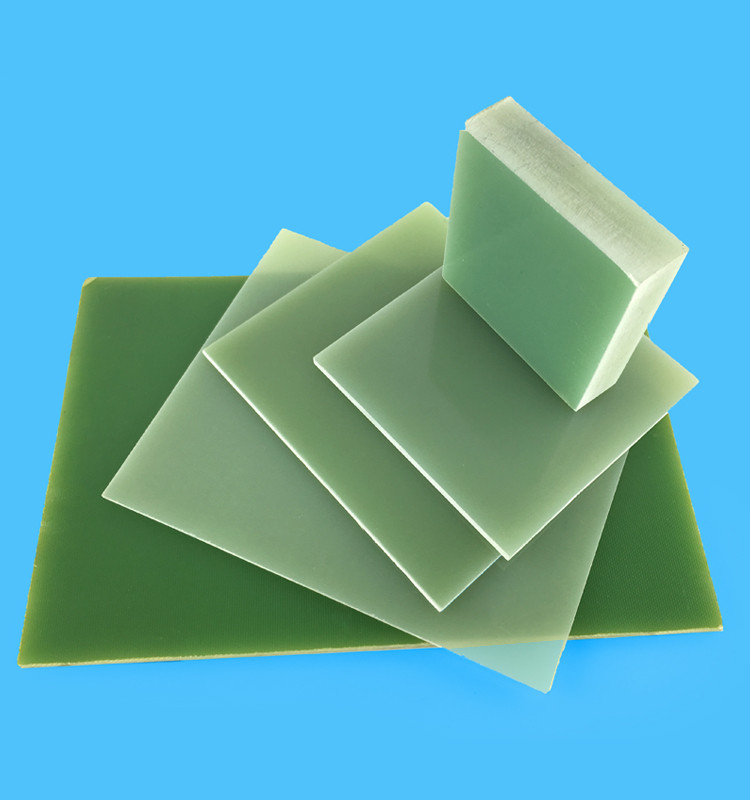Too fashionable, Cummins produces 3D printed metal parts
Many people may not have thought that in the future, a car will be printed, which may be coming towards us.
Recently, Cummins launched the first metal parts printed by its own 3D printer on the 100th birthday, and took a big step toward the road of “being beautiful and unbounded, exploring unlimitedâ€.

3D printing products
Cummins' first 3D printing product is a spare parts bracket, because there is no demand from suppliers because of the small demand. Compared to traditional methods of modeling, forging, casting, and cutting parts, metal 3D printed parts are lighter, stronger, and more efficient. Brett Boas, director of advanced manufacturing at Cummins Technology Center, said: "With this technology, designers can also be liberated to do things that traditional manufacturing methods can't do."
At present, Cummins first focused on printing small batches of parts, and is also studying how to better use 3D technology in mass production. With the popularity of 3D printer technology, it will have a major impact on the future manufacturing industry.
3D printing prints a layer of ultra-thin 3D objects at a time. If the printed parts are not up to standard, the designer can simply modify the design file on the computer and then reprint. This process is faster than the prototype testing process in traditional manufacturing techniques.
In addition, the technology enables designers to combine multiple components into one print object to create the ideal geometry to avoid potential failures in components such as weldments, gaskets, and connectors during traditional manufacturing processes.
The beginning of the revolution?
Cummins 3D printing technology is part of Cummins Industry 4.0. Industry 4.0 is the trend of automation, cloud computing and data-driven technology, which some call the fourth industrial revolution. At Cummins, Industry 4.0 covers collaborative robotics, artificial intelligence, augmented reality, and enhanced integration between information technology and manufacturing operations.
Currently, the technical center at Cummins Headquarters has a metal 3D printer, and the technology center in Mexico has three 3D printers dedicated to aftermarket products.
Cummins also has a large remanufacturing facility in Mexico. Reengineering engines and components provides a low-cost alternative to new components and engines while meeting customer power needs. Compared to new parts, they consume less energy in the production process and also enable recycling of resources.
The Cummins Mexico Technology Center opened in 2017 and is equipped with 3D printers to produce parts that are less demanding. On the one hand, it provides customers with a way to find parts that are difficult to find in conventional channels. On the other hand, metal 3D printing technology also reduces waiting times for customers for several months.
Looking to the future
Cummins is currently developing next-generation printer technology for more efficient 3D printing. This kind of printer can achieve 20 times faster printing speed of the company's existing printers.
A new generation of technology will also bring about tremendous changes in the manufacturing industry. From a supply chain perspective, this means that parts are printed on demand, or closer to demand, so parts inventory will be less.
From an environmental point of view, 3D printing also means less waste, because cutting is no longer required in the production of tools and molds. Also, 3D printing may mean less transportation is required because parts no longer need to be produced in one place and then shipped to another.
Finally, and perhaps importantly, metal 3D printing can print out geometric shapes that are not possible with traditional methods, creating opportunities to improve product performance. (This article is from Cummins)
FR4 is not a material`s name, but a kind of grade of fire-resistant, which represents resin materials can self-extinguish when firing. Now there are all kinds of FR4 materials using as PCB, but the majorities are composite made of epoxy resin, filler and fiberglass.
G10 FR4 sheet mainly used as insulation structure parts in electrical, electronic and other industries.
Key Features :
• Flame resistance
• High dielectric strength
• Moisture resistance
• Heat resistant
• Temperature resistance: 180-200℃
• Under the normal temperature 150 ℃, it still has high mechanical strength.



Fr4 Sheet,Fr4 Epoxy Fiberglass,Fr4 Epoxy Glass Sheet,Green Fr4 Sheet
SHENZHEN XIONGYIHUA PLASTIC INSULATION LTD , https://www.xyhplastic.com